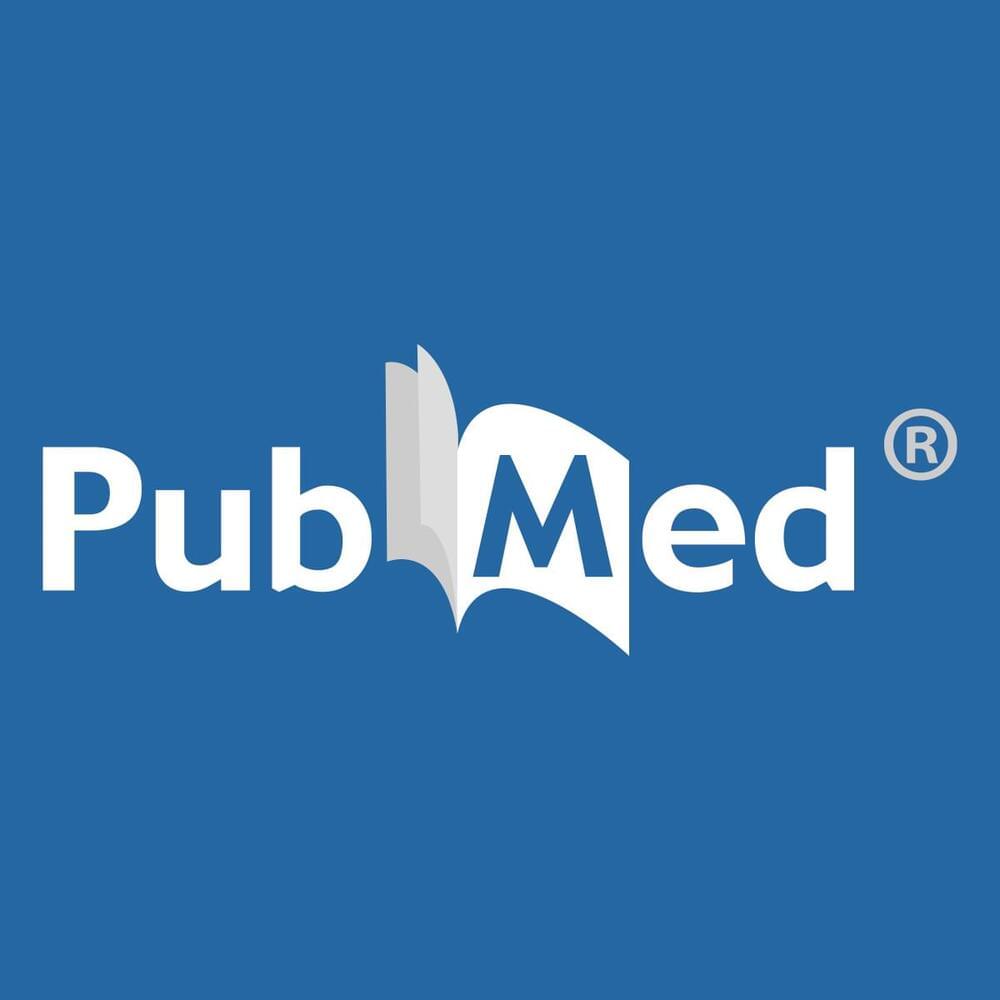The current understanding of the biology of aging is largely based on research aimed at identifying factors that influence lifespan. However, lifespan as a sole proxy measure of aging has limitations because it can be influenced by specific pathologies (not generalized physiological deterioration in old age). Hence, there is a great need to discuss and design experimental approaches that are well-suited for studies targeting the biology of aging, rather than the biology of specific pathologies that restrict the lifespan of a given species. For this purpose, we here review various perspectives on aging, discuss agreement and disagreement among researchers on the definition of aging, and show that while slightly different aspects are emphasized, a widely accepted feature, shared across many definitions, is that aging is accompanied by phenotypic changes that occur in a population over the course of an average lifespan. We then discuss experimental approaches that are in line with these considerations, including multidimensional analytical frameworks as well as designs that facilitate the proper assessment of intervention effects on aging rate. The proposed framework can guide discovery approaches to aging mechanisms in all key model organisms (e.g., mouse, fish models, D. melanogaster, C. elegans) as well as in humans.
Keywords: Aging; experimental design; lifespan; models; phenotypes.
Copyright © 2023 Elsevier B.V. All rights reserved.
